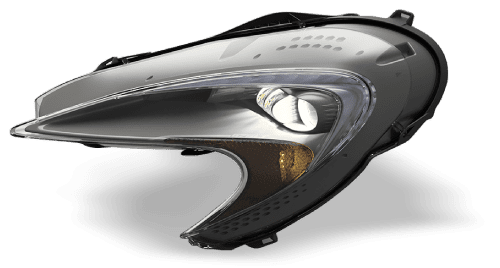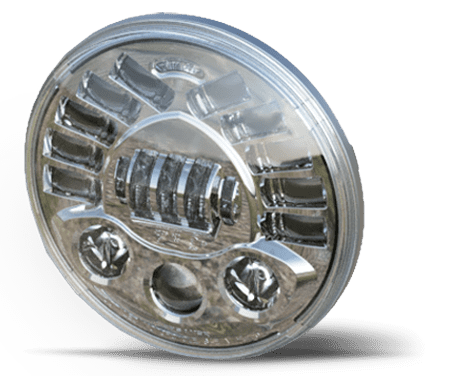
Tow Truck Safety: How To Be Road Ready With Warning Lights
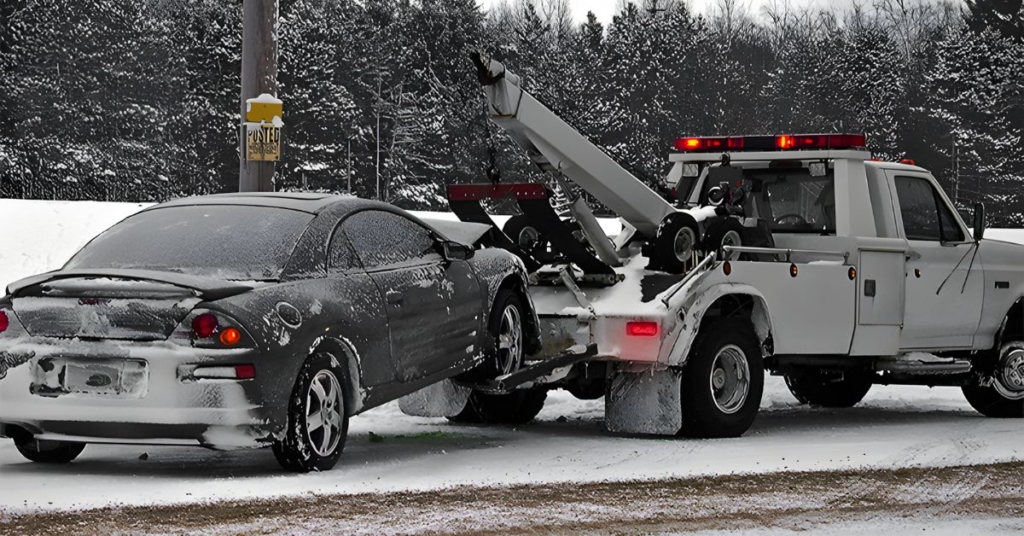
Transporting vehicles safely and efficiently is the core responsibility of every tow truck operator. Ensuring safety on the road isn’t just a matter of following protocols—it’s about building trust with other motorists, pedestrians, and fleet owners.
At the center of this commitment are tools like warning lights that enhance visibility and communication. Join us as we take an in-depth look at the crucial role warning lights and other practices play in keeping tow truck operations safe and compliant. Find out how to be road ready with warning lights to maximize tow truck safety today.
The Importance of Warning Lights for Tow Trucks
Tow trucks are a vital part of keeping our roads clear and our vehicles running smoothly, but the nature of their work puts them at risk. Warning lights serve as the primary communication tools between tow trucks and other road users, ensuring everyone stays informed and aware.
Understanding the Varieties of Warning Lights
Warning lights are far from a one-size-fits-all solution. Each configuration serves different purposes depending on the situation. Rotating beacons, for example, offer continuous visibility and are common in high-traffic areas. Strobe lights provide high-intensity flashes, making them effective in adverse weather conditions, such as rain or fog. LED light bars, favored for their energy efficiency and brightness, combine several lighting modes to suit changing road environments.
Every type of warning light comes with unique benefits, and selecting the right one for your tow truck’s specific needs is critical. Consider your operational environment, weather patterns, and type of vehicle recovery work to ensure optimum performance.
Legal Requirements and Best Practices
When it comes to warning lights, compliance is as important as functionality. Regulations related to warning light use and color vary by location. For instance, amber lights are the standard for tow trucks in most jurisdictions, acting as a universal signal for caution. Ignoring these regulations doesn’t just result in hefty fines—it jeopardizes the safety of all drivers on the road.
Fleet managers and operators need to be proactive, staying informed about local laws and updating their lighting systems to remain compliant. Investing in high-quality equipment that meets or exceeds legal standards will benefit your operations in the long run, minimizing liability and maximizing safety.
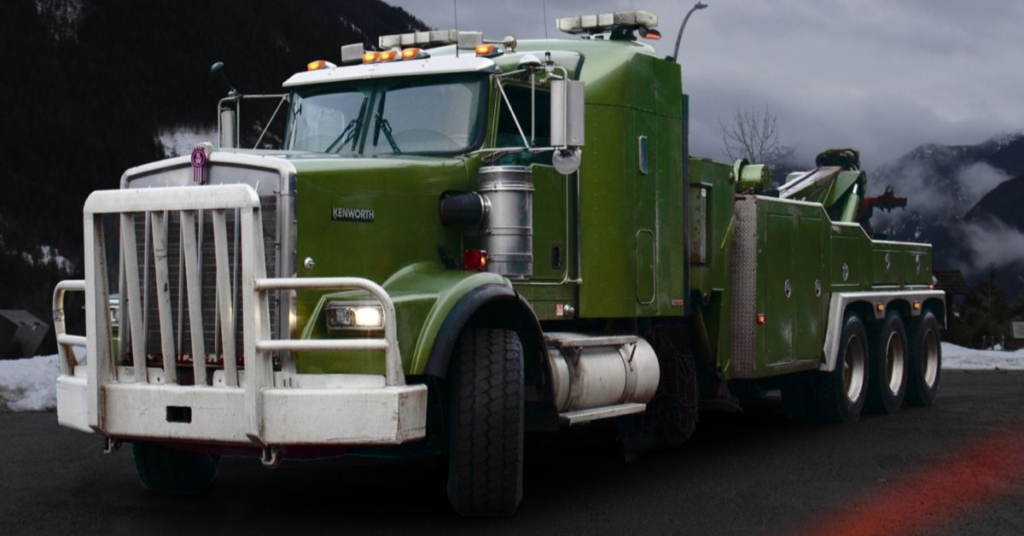
Road Safety Guidelines for Tow Truck Operators
Being visible is just one part of the equation. Tow truck operators also need to follow strict safety protocols to minimize risks while on duty—whether they are maneuvering through traffic, recovering vehicles, or operating in unpredictable roadside conditions.
Fleet managers and operators need to be proactive, staying informed about local laws and updating their lighting systems to remain compliant. Investing in high-quality equipment that meets or exceeds legal standards will benefit your operations in the long run, minimizing liability and maximizing safety.
Precautions During Loading and Unloading
The loading and unloading phase is one of the most hazardous aspects of tow truck operations. Miscommunication and distractions during this phase often lead to accidents. Ensuring your warning lights are active not only increases visibility but also alerts others of potential dangers nearby.
Operators should double-check that the recovery vehicle is properly secured to the truck, as unsecured loads can shift or fall, leading to severe accidents. Additionally, operators should always use additional equipment, such as wheel chocks and brake locks, for added safety during vehicle recovery. Although warning lights will help you remain visible as you complete these tasks, you must remain on the lookout for any dangerous drivers around you.
The Role of Fleet Managers in Ensuring Safety
While vehicle operators are on the front lines of tow truck safety, fleet managers play a crucial back-end role in ensuring day-to-day operations run smoothly and safely. Their efforts are key to creating a safer and more efficient environment for their teams. For professionals who want to prioritize tow truck safety, knowing how to be road ready with warning lights ensures they can easily prevent accidents while working.
Implementing Regular Vehicle Inspections
Routine maintenance is an essential part of keeping your tow truck readily equipped with reliable warning lights. From checking tires and brakes to testing the integrity of warning lights and other electrical systems, preventive measures keep tow trucks in optimal condition. Regular inspections also allow fleets to address minor concerns before they evolve into larger, costlier problems.
Fleet managers should maintain strict protocols for documenting and addressing any mechanical or electrical failures reported by operators. Investing in better vehicle maintenance doesn’t just improve safety; it also contributes to reduced downtime and lower operational costs.
Training Tow Truck Operators on Safety Protocols
Safety training should not be a one-time event. Tow truck operators must receive regular trainings on the latest safety practices, equipment handling techniques, and regulatory changes. This ensures they can properly use warning lights and detect any problems when they occur. Comprehensive training programs tailored to real-world operations will better prepare drivers for what they can expect out on the road.
Scenario-based training is particularly effective for tow truck operators. Simulating challenging conditions, such as severe weather or high-traffic recoveries, ensures drivers know how to react calmly under pressure while prioritizing safety.
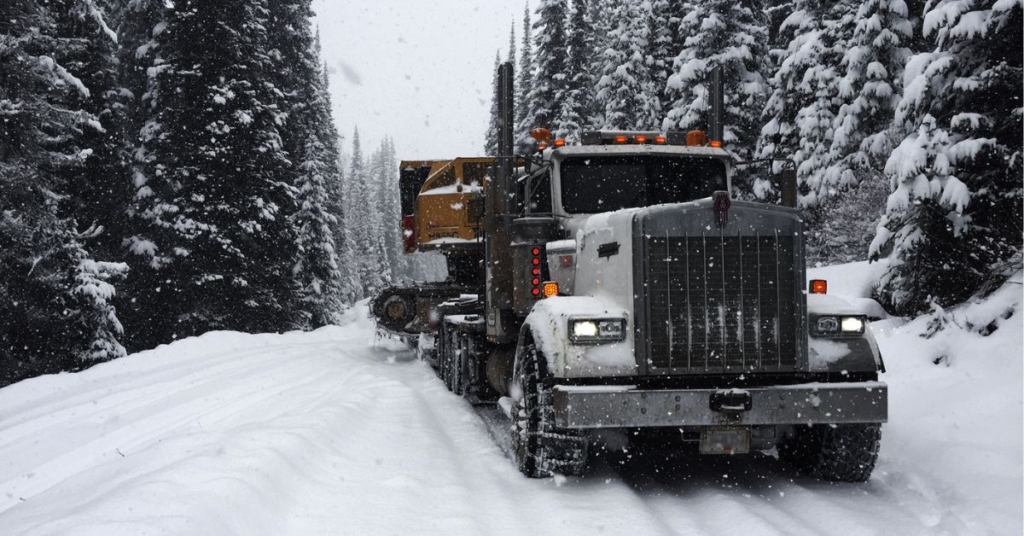
Innovative Technologies Enhancing Tow Truck Safety
Don’t let low-quality warning lights hinder your towing capabilities. Having functional, dependable warning lights is a necessity for maximizing visibility. The LED warning lights at J.W. Speaker span many shapes and colors to ensure you can find the right fit for your vehicle.
Given that regulations regarding tow trucks and warning lights vary across states, it’s critical to find lights that are both compliant and dependable. Choosing a manufacturer who you can rely on for high-quality tow truck lights means that you can upgrade your lights now and when any repairs pop up in the future.
A Shared Commitment to Safer Roads
Tow truck safety is a shared responsibility. From operators and fleet managers to manufacturers and even regular motorists, every party plays a vital role in ensuring these essential vehicles can operate smoothly and safely.
If you’re a tow truck operator, take proactive steps in adopting best practices and keeping all essential safety equipment—especially warning lights—functioning at their best. Fleet managers should continually invest in training programs, vehicle maintenance, and tech-forward solutions. Protecting your team and the community starts with collective action.
Stay ahead of the curve in tow truck safety by prioritizing innovation and compliance. Your fleet deserves a spotlight on every road, and only a collaborative effort will pave the way for safer, more efficient operations.

